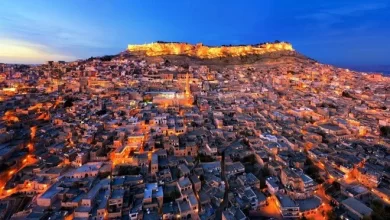Munzur Valley National Park, Tunceli

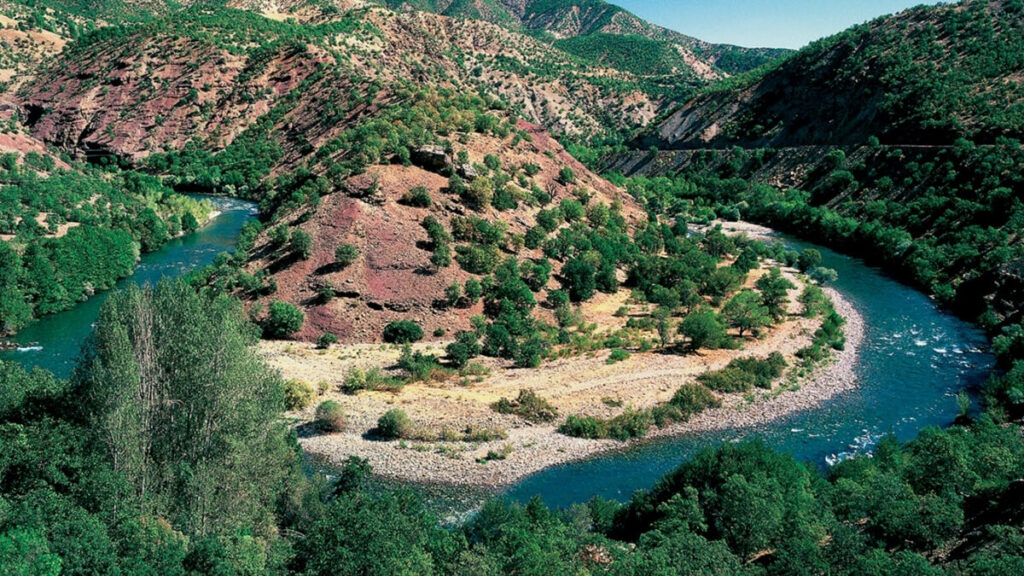
An area of 42,000 hectares in the Munzur Valley stretching between Tunceli and Ovacik was declared a National Park in 1971. “Munzur Valley National Park“, one of Turkey’s largest national parks, is 8 km away from the city center of Tunceli. It starts in the distance and extends through the valley to the Munzur Mountains. The Munzur Mountains, which rise up to 3300 meters in the north, are broken up by the Mercan and Munzur valleys.
The data contributing to the declaration of this region as a national park are rich natural data, especially river sources and resources, endemic plant species and flora, and wild animals enriched with local animal species. The region consists of rare trout species unique to the region, which are common and dense in Munzur Suyu and Mercan Stream, two mountain goat species known as hook-horned and bezuvar, and ur partridge, a hunting bird. -private values of wildlife. The crater lakes in the Munzur Mountains to the north of the national park, the peaks of 2000-3000 meters, the boiling waters and canyons in the Ovacik plain and the waterfalls pouring along the valley enrich the natural values of the park. The unique nature view and all the wildlife can be easily observed from every corner of the national park. With these features, Munzur Valley has a very important potential for both recreational activities and nature research in terms of tourism.
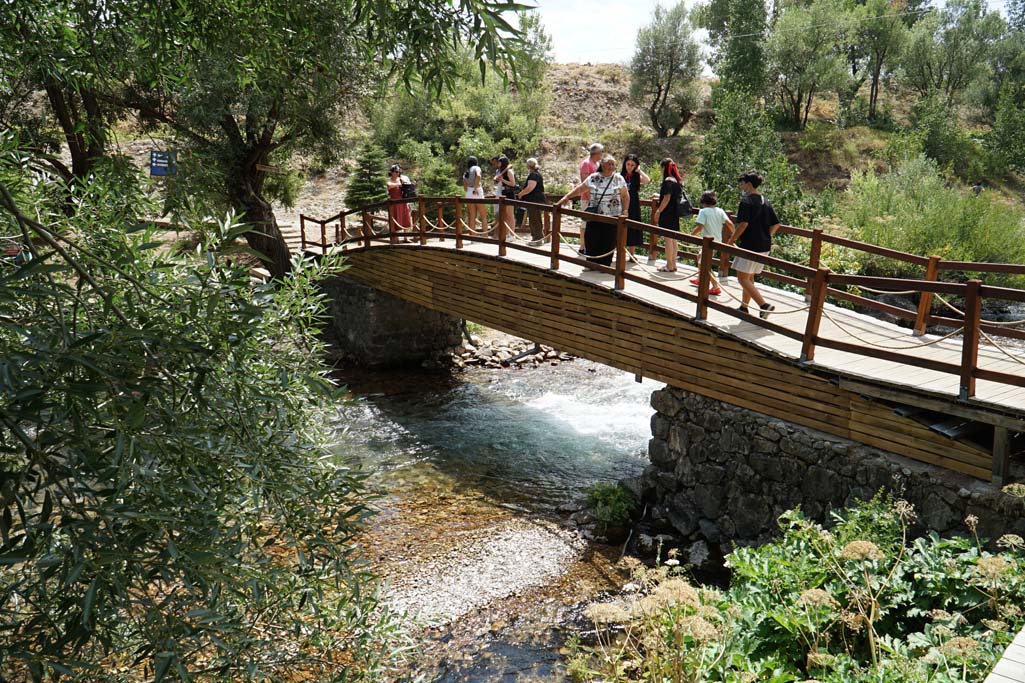
The Vegetation and Spectacular Nature of Munzur Valley National Park
In the flora of Munzur Valley National Park, which is very rich in terms of vegetation, there are 1518 registered plants, 43 of which are endemic to the Munzur Mountains and 227 to Turkey. Endemic plants found nowhere else in the Munzur Mountains include Bellflower, Erzincan Cherry, Bindebirdelik Grass, Munzur Partridge, Munzur Buttercup, Mountain Stream, Munzur Mountain Oltu Grass, and Violet. It is 1.5 km away from Ovacik town and Munzur coves. Below, on both sides of the Munzur Stream, there is a birch dwelling, the characteristic tree of the region.
Birch, which is one of the rare tree species in our country, makes a significant contribution to the flora of the region by forming a beautiful trunk at the water’s edge in this region. The dominant tree species in the National Park are oak and various species. The non-rocky hills and slopes are covered with oak forests. There is a rich vegetation consisting of elm, maple, alder, ash, plane tree, vine, birch, walnut, wild hazelnut, poplar, willow and shrub species on the valley floor and along the waters. The lower flora is rich in areas with oak groves. The steep and steep slopes of the mountains are completely bare.
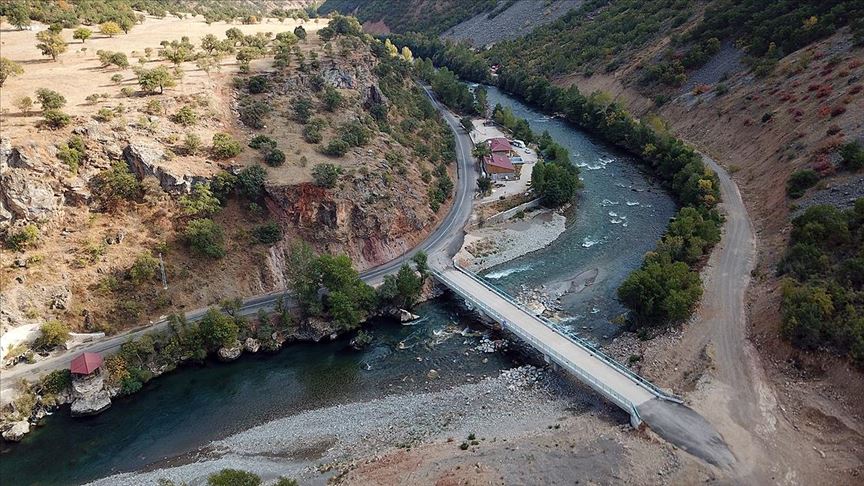
Wild Animals Found in the Park
The natural environment in Munzur Valley National Park provides a favorable environment for wild animals. Two species of ibex, hookhorn goats and bezuvars, and wild animals such as game birds and partridges are interesting and rare species endemic to this region. Munzur Valley and its surroundings are considered very rich in terms of game animals. There are wolf, fox, marten, bear, lynx, otter, badger, squirrel, rabbit, wild boar and wild goat in the National Park. The brown bear, which lives in caves and rock cavities, is one of the important large mammals of Munzur wildlife.
Other large mammals of the region are the lynx, wild boar and wolf that live in forest cliffs. There are rare birds of prey such as eagles, vultures, hawks, falcons, hawks, kestrels, madmen, kites and golden eagles in the National Park, which is also rich in bird species. Among night hunters, eagle owl and bat are common species. Other bird species in the National Park include partridge, freckle partridge, toy, lizard, crane, quail, snipe, pigeon, tree and rock pigeons, some duck species, and rarely goose. Munzur Valley has a conservation and breeding area for various game animals. The abundance of trout living in Munzur Stream, Mercan Stream and surrounding streams constitute an important economic value for the region. Starting from the Munzur Caves and spreading to an 80 km water area, the trout is a very important natural wealth for the economy of Tunceli as well as for our country.
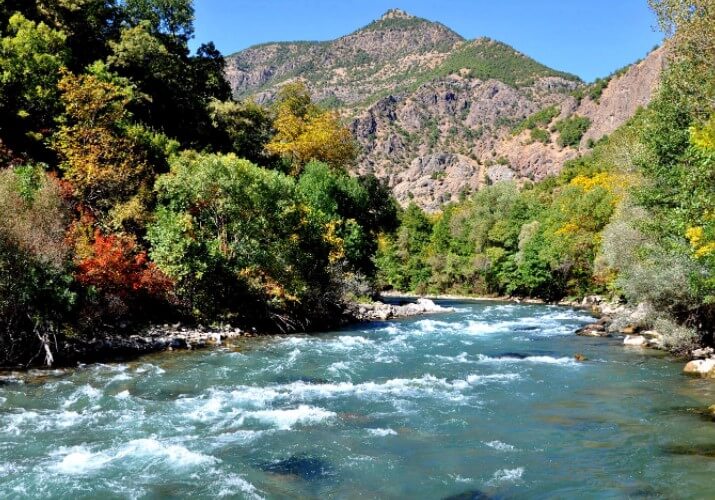
Climate of the Region
Since the harsh continental climate prevails in the region, the best time to take advantage of the national park is between June and September. The natural data in the National Park area has a very favorable potential for various water and nature sports (rafting, mountaineering, etc.) and daily activities such as camping, picnic, sport fishing and nature walks.






